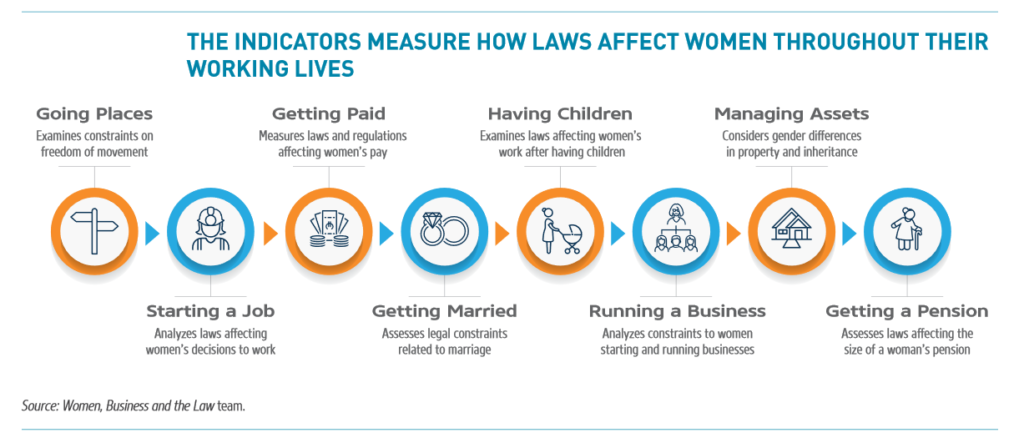Broadlex Services Pty Ltd v United Workers’ Union [2020] FCA 867
The Federal Court has clarified, on appeal, a grey area for employers as to whether an obligation to pay redundancy entitlements is triggered in circumstances where an employee continues their employment with the same employer, however, on substantially inferior terms.
The Federal Court has held that where an employer imposes a unilateral amendment to the terms of an employee’s employment that places the employee in a substantially inferior position, the employer will not be able to rely on the fact that the employee acquiesced to the amendment after it was imposed on them to successfully argue:
- the employment relationship endured after the amendment;
- the employee’s employment was not “terminated” for the purpose of s 119(1) of the Fair Work Act 2009 (Cth) (FW Act); and
- the amendment did not give rise to a redundancy entitlement under s 119 of the FW Act.
Employers should take heed that keeping an employee’s employment on foot, but on substantially inferior terms, will trigger the obligation under the FW Act to provide the employee redundancy pay if the amendment to the employee’s conditions of employment has not been achieved through genuine agreement.
The decision is timely, as many employers in the current COVID-19 pandemic environment grapple with a growing need to reduce employees’ hours and pay, assign them to different roles, etc.
It is worth noting that the Federal Government’s JobKeeper scheme, currently permits eligible employers in certain circumstances to issue a direction to eligible employees, requiring them to work reduced hours for a certain period. The decision is relevant for employers who are seeking to make changes not covered by the JobKeeper scheme.
Background to the Appeal
From 1 May 2014, Ms Brizitka Vrtkovski was employed by Broadlex Services Pty Ltd as a full-time cleaner.
On 15 August 2017, following a reduction in demand for cleaning services from one of Broadlex’s clients, Ausgrid, Broadlex informed Ms Vrtkovski that:
- it had made the decision to reduce her hours of work from full-time to part-time having considered its ‘work flow’; and
- the change would take effect from 12 September 2017.
Ms Vrtkovski refused to sign a consent form to the change, however, began working the reduced hours from 12 September 2017.
United Voice (now the United Workers’ Union) brought proceedings against Broadlex on behalf of Ms Vrtkovski in the Local Court seeking redundancy pay for her and a declaration that Broadlex had breached the NES in accordance with s 119 of the FW Act.
The Local Court found inter alia there was no express support in the authorities for Broadlex’s argument that:
- an employee is only entitled to redundancy pay under s 119 of the FW Act if the employment relationship has been terminated; and
- the employment relationship between the parties continued despite the reduction of Ms Vrtkovski’s hours of work and her acceptance of that reduction.
The Federal Court Decision
Section 119(1) of the FW Act provides that an employee is entitled to be paid redundancy pay by the employer if the employee’s employment is terminated at the employer’s initiative because the employer no longer requires the job done by the employee to be done by anyone, except where this is due to the ordinary and customary turnover of labour.
In this case, Broadlex argued that Ms Vrtkovski was only entitled to redundancy pay if the employment relationship had been terminated. Broadlex submitted that because the employment relationship continued, that is, by Ms Vrtkovski continuing to perform work at the reduced hours, her employment, for the purpose of s 119(1) of the FW Act, had not been terminated, and accordingly an entitlement to redundancy pay did not arise.
As part of determining the case, the Federal Court closely considered what is meant by the phrase “employment is terminated” in s 119(1) of the FW Act, and how the phrase relates to the concepts of: an employment relationship, and a contract of employment.
The Federal Court decision ultimately confirmed an employment relationship does not endure where:
- an employer imposes a unilateral amendment to an employee’s employment that leaves the employee in a substantially inferior position; and
- the employee accepts that unilateral amendment.
Accordingly, the Federal Court held that Ms Vrtkovski’s employment was terminated by Broadlex for the purpose of s 119(1) of the FW Act, and given Broadlex no longer required her full-time job to be done by anyone, she was entitled to redundancy pay.
Lessons for employers
To minimise the risk of inadvertently triggering redundancy entitlements, employers are encouraged to enter into meaningful consultation with their employees regarding the need to vary the terms of their employment in response to operational needs in the current climate.
Where necessary, employers should be proactive in observing the requirements of applicable industrial instruments and seek professional advice before imposing any amendments.










